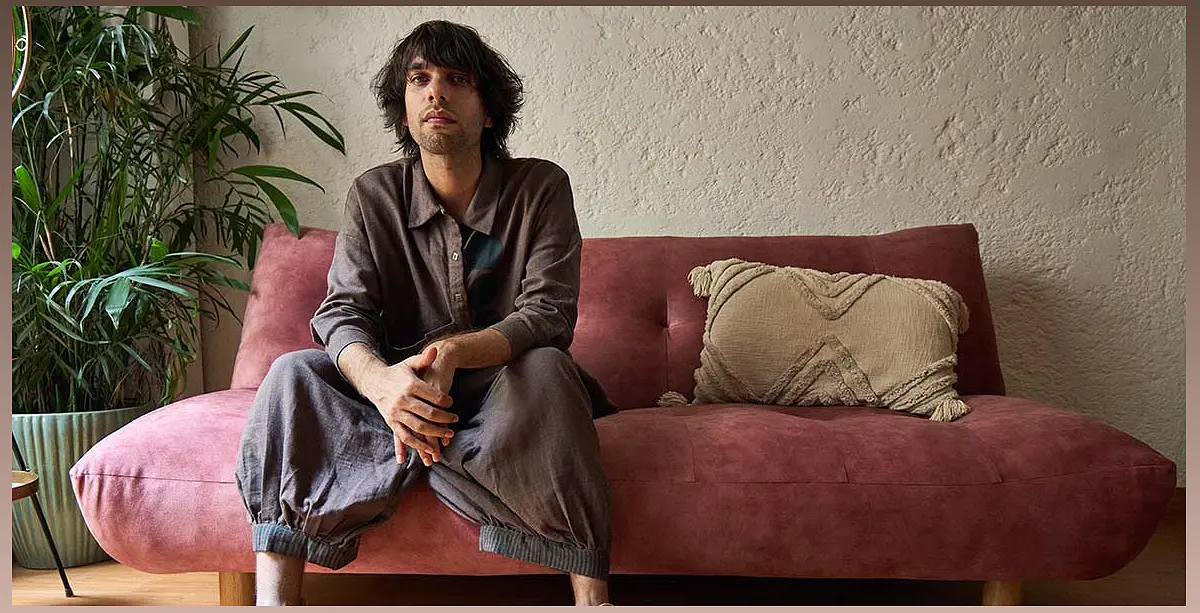Welcome to The Voice of Fashion, where we delve into the depths of Indian fashion and decode its cultural intersections. Unlike traditional fashion magazines, we go beyond the surface to explore the intricate relationship between fashion, design, and politics. Join us as we uncover the essence of Indian fashion, from the business and politics behind it to the latest trends and consumer response. Get ready for a fresh perspective on the Indian fashion industry!
The Intersection of Fashion and Politics
Explore how Indian fashion intertwines with political and social issues.
Indian fashion is not just about aesthetics; it is a reflection of the socio-political climate. Designers often use their creations to make powerful statements and challenge societal norms. From promoting sustainable fashion to advocating for gender equality, Indian fashion has become a platform for political expression.
One such example is the rise of sustainable fashion in India. Designers are embracing eco-friendly materials and ethical practices to combat the environmental impact of the fashion industry. By incorporating traditional techniques and supporting local artisans, they are not only creating beautiful garments but also empowering communities.
Moreover, Indian fashion has played a significant role in challenging gender stereotypes. Designers are breaking barriers by creating gender-neutral collections and celebrating diversity on the runway. This shift in perspective is not only influencing the fashion industry but also shaping societal norms.
The Business of Indian Fashion
Uncover the economic aspects and business strategies behind the Indian fashion industry.
The Indian fashion industry is a thriving business that contributes significantly to the country's economy. With a rich heritage of textiles and craftsmanship, India has become a global hub for fashion production and export.
One of the key factors driving the success of the Indian fashion industry is the emergence of fashion weeks. These events provide a platform for designers to showcase their collections and attract international buyers and investors. Fashion weeks in cities like Mumbai and Delhi have gained global recognition and put Indian fashion on the map.
Additionally, the rise of e-commerce has revolutionized the way Indian fashion brands reach consumers. Online platforms have made it easier for designers to connect directly with their target audience, bypassing traditional retail channels. This direct-to-consumer approach has opened up new opportunities for emerging designers and small-scale businesses.
The Essence of Indian Fashion Weeks
Delve into the world of Indian fashion weeks and their impact on the industry.
Indian fashion weeks are not just glamorous events; they are a melting pot of creativity, culture, and commerce. These fashion extravaganzas bring together designers, models, celebrities, and fashion enthusiasts from around the world.
One of the most significant Indian fashion weeks is Lakme Fashion Week, held biannually in Mumbai. It showcases the best of Indian fashion, from established designers to emerging talents. The event not only sets trends but also serves as a platform for collaborations and networking.
Furthermore, Indian fashion weeks have become a launchpad for aspiring models and designers. Many successful careers in the fashion industry have started on these runways. The exposure and recognition gained from participating in these events can be a game-changer for emerging talents.
The Influence of Indian Fashion on Global Trends
Discover how Indian fashion is making its mark on the global fashion scene.
Indian fashion is no longer confined to the borders of the country; it has transcended boundaries and is influencing global trends. Designers like Manish Malhotra and Sabyasachi Mukherjee have gained international acclaim for their unique blend of traditional Indian craftsmanship and contemporary designs.
Bollywood has also played a significant role in popularizing Indian fashion globally. Indian celebrities are often seen donning traditional Indian attire at international red carpet events, showcasing the richness and diversity of Indian fashion.
Moreover, Indian textiles and prints have become a source of inspiration for designers worldwide. From intricate embroidery to vibrant colors, Indian elements are being incorporated into global fashion collections, adding a touch of Indian charm to the international runways.
Conclusion
The Voice of Fashion offers a unique perspective on the Indian fashion industry, going beyond the surface to explore its cultural intersections with design and politics. Through in-depth interviews, articles, and videos, this online magazine decodes the essence of Indian fashion, from its business and economic aspects to its influence on global trends. By highlighting the impact of fashion on social issues and promoting sustainability, The Voice of Fashion is shaping the future of Indian fashion.
FQA
What sets The Voice of Fashion apart from other fashion magazines?
The Voice of Fashion stands out by offering a deeper exploration of Indian fashion, focusing on its cultural intersections with design and politics. It goes beyond trends and aesthetics to provide a comprehensive understanding of the industry.
How does Indian fashion influence global trends?
Indian fashion has made its mark on the global fashion scene through the unique blend of traditional craftsmanship and contemporary designs. Indian textiles, prints, and Bollywood celebrities have played a significant role in popularizing Indian fashion worldwide.
What role do Indian fashion weeks play in the industry?
Indian fashion weeks serve as platforms for designers to showcase their collections, attract international buyers, and launch careers. These events bring together creativity, culture, and commerce, shaping the future of Indian fashion.
How does Indian fashion challenge societal norms?
Indian fashion challenges societal norms by promoting sustainable practices, advocating for gender equality, and celebrating diversity. Designers use their creations to make powerful statements and create positive change within the industry and society.

